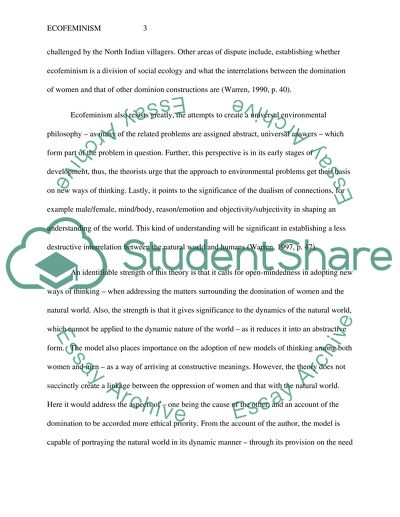Cite this document
(“Ecofeminism Essay Example | Topics and Well Written Essays - 2000 words”, n.d.)
Retrieved from https://studentshare.org/philosophy/1397628-2-reports-in-philosophy
Retrieved from https://studentshare.org/philosophy/1397628-2-reports-in-philosophy
(Ecofeminism Essay Example | Topics and Well Written Essays - 2000 Words)
https://studentshare.org/philosophy/1397628-2-reports-in-philosophy.
https://studentshare.org/philosophy/1397628-2-reports-in-philosophy.
“Ecofeminism Essay Example | Topics and Well Written Essays - 2000 Words”, n.d. https://studentshare.org/philosophy/1397628-2-reports-in-philosophy.


